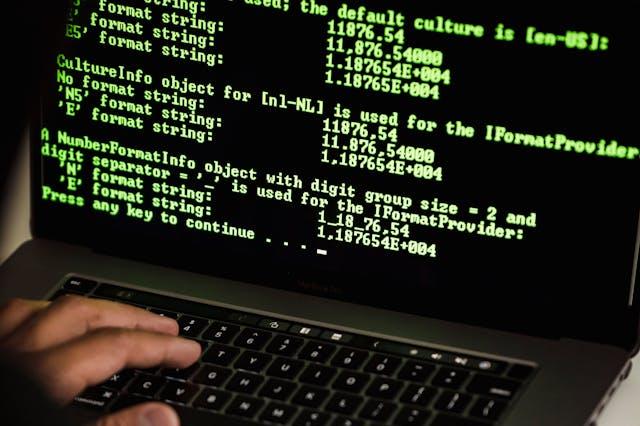Thwarting Cyberattacks: Top In-House Solutions
There is no doubt that the number (and severity) of cyberattacks is on the rise. While the lion's share of attention has been devoted to major breaches that often impact multinational organisations, the fact of the matter is that small- to medium-sized enterprises are also at risk. This is why managers and stakeholders must adopt the latest safety protocols to avoid incidents that might otherwise quickly bring operations to a halt. Let us look at four practical suggestions, and the unique benefits associated with each.
Real-Time Alerts
Due in large part to the growing prevalence of hybrid offices, employees are not always immediately aware that a data breach has occurred. They nonetheless must be kept "in the loop" at all times. Even in-house workers should be informed instantly. This is why software that provides desktop alerts for security updates is crucial. Managers can disseminate important details at a moment's notice; allowing employees to take the appropriate steps (such as examining the state of their hard drives).
Antivirus Software
The importance of a reputable antivirus software platform cannot be overstated. Paid services offer the best threat protection, as they are regularly updated. As these systems often function in the background, they represent a relatively non-intrusive means to keep abreast of potential threats. If a suspicious file is detected, it will be immediately quarantined. Users can then choose whether or not it should be completely deleted from the system.
Portable Devices
The Internet of Things (IoT) is redefining the notion of "business as usual". As devices before more interlinked, malicious threats may find it easier to spread between different users. Employees much therefore be made aware of their individual responsibilities. Some examples include:
- Always using two-factor authentication (2FA).
- Creating extremely secure passwords.
- Never sharing proprietary information with unauthorised individuals.
- Immediately informing management if their device is lost or stolen.
These simple techniques will save an organisation a great deal of time and money.
Cloud Storage
There can still be instances when a breach occurs. This is why cloud storage is just as important. The ability to retain important data within the cloud will provide businesses with an extra level of redundancy. This information can thereafter be accessed once the threat in question has been neutralised.
Cybersecurity is an ever-evolving concern, so businesses must constantly strive to remain one step ahead of the curve.

